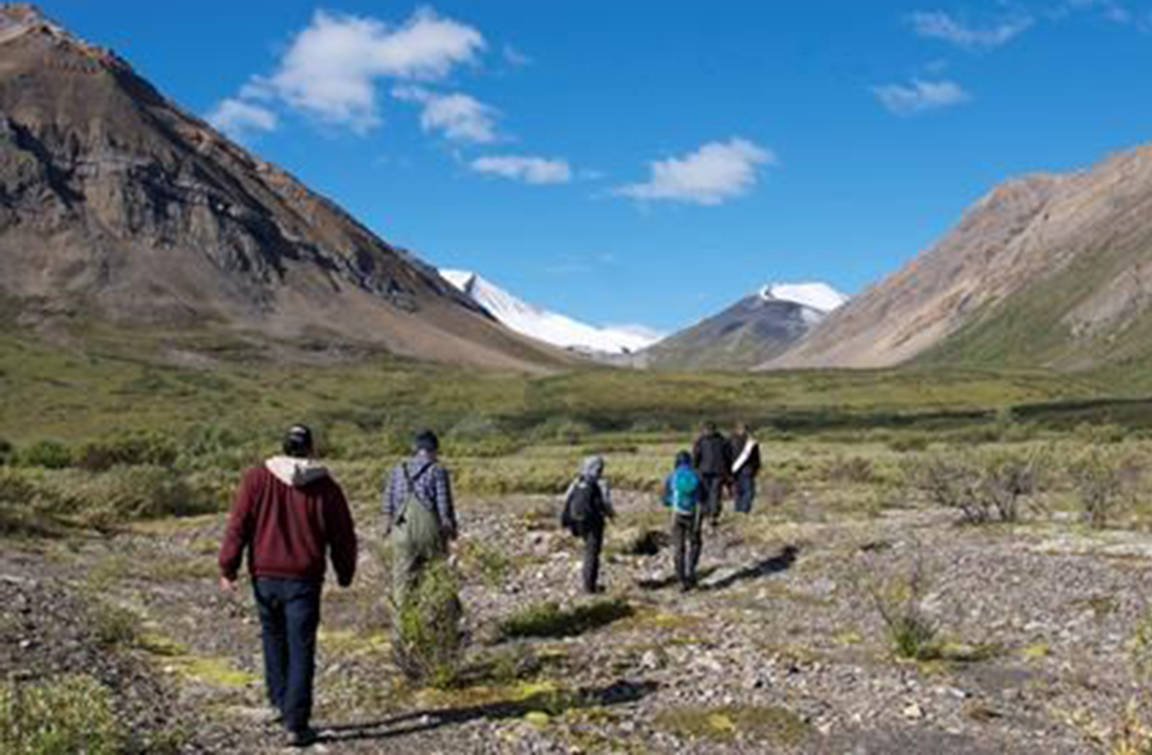Growing up in a small, remote First Nations community in northwestern B.C., Jarett Quock found he faced racism and stereotypes from non-Indigenous people whenever he left the reserve.
The treatment took a toll on him, damaging his pride in his Tahltan Nation roots. It was only after he began work as an Indigenous guardian — monitoring the effects of climate change on his territory — that he recovered his confidence.
“Being a guardian has helped me so much on a personal level,” Quock, 31, said in an interview.
“Being able to go out there and connect to the land and connect to the people and having that sense of pride when you go home has helped me overcome a lot of obstacles in my life.”
More than 40 Indigenous communities in Canada have launched guardian programs, which employ local members to monitor ecosystems and protect sensitive areas and species. At a national gathering in Vancouver this week, guardians raised alarm about environmental degradation and climate change in their territories.
A massive wildfire swept through Quock’s community of Telegraph Creek last August, destroying 21 homes and damaging many others. Climate change was partly to blame for the rapid spread of the flames through tinder-dry vegetation, said Quock.
“By the middle of July, we had our green leaves already turning brown. It was so hot with no rain,” he said, adding that the fire first broke out near a swamp that would typically have been moist enough to allow firefighters to contain the blaze. “It shouldn’t have gotten that big.”
Quock helped design the community’s first guardian program, which involved helping conservation officers monitor licensed hunters. He also launched an education program aimed at stopping garbage dumping and unnecessary burning in camps, he said.
The program has since grown from being focused mostly on hunting to more of a land stewardship program, monitoring water quality, protecting caribou and removing problem wildlife, he said.
READ MORE: B.C. government begins overhaul of environmental assessment
A major focus is monitoring the effects of climate change, Quock added. In addition to the rapid spread of last summer’s wildfire, he has seen caribou altering their migration routes and dwindling numbers of certain species of animals.
Indigenous communities are often the first to experience the impacts of climate change, said Terry Teegee, regional chief of the B.C. Assembly of First Nations.
“We sustain ourselves off the land, so if there are issues such as declining populations of caribou, moose and what have you, we’re certainly the first to know and also be affected by issues of climate change,” he said.
In northern B.C., a mountain pine beetle outbreak led to forests strewn with dead wood, which along with last summer’s hot and dry conditions helped fuel the worst wildfire season on record in the province, Teegee said.
“It’s quite frightening,” he said. “I think it really requires action, not only by people that are watching what’s happening on the land, the guardians, but also by governmental policies and commitment to living up to the Paris climate change accord.”
Environment and Climate Change Canada provided $25 million in the 2017 budget for a four-year Indigenous guardians pilot program to provide communities with greater opportunities to be responsible for stewardship of their traditional lands, waters and ice. The pilot program aims to inform a potential National Indigenous Guardians Network.
“Indigenous communities are deeply connected to the land and understand the importance of acting now to protect Canada’s environment and conserve biodiversity,” said Environment Minister Catherine McKenna in a statement last fall.
“The work we do together today will ensure a healthier environment for the generations that follow.”
So far, the ministry has funded 28 projects across Canada, including one in Iqaluit that monitors vessel traffic and its effects on Arctic waters and wildlife, and another in Dease Lake, B.C., that observes woodland caribou seasonal movements to address climate change concerns.
Indigenous people have always been guardians of their territories, but a more formal movement has been developing over the past 30 years, said Valerie Courtois, a member of the Innu community of Mashteuiatsh in Quebec.
Courtois is also director of the Indigenous Leadership Initiative, which hosted this week’s gathering in Vancouver with the B.C. Assembly of First Nations and Environment and Climate Change Canada.
She said the federal government saw an opportunity to meet some of its own goals by supporting guardianship programs.
“They have responsibilities around species at risk. They have a duty to consult,” she said. “Those are significant challenges but also significant opportunities for the future of our country and we’ve demonstrated how an initiative like guardians is going to contribute.”
Laura Kane, The Canadian Press



